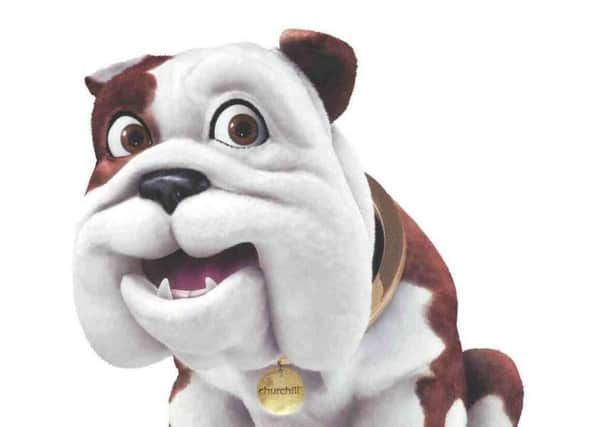Direct Line profits up as Churchill ads hit mark


Direct Line Insurance saw its pre-tax results beat forecasts, jumping 49 per cent to £315 million in the six months to the end of June. The group cut costs by 7.6 per cent over the period and benefited from a lack of claims from major weather events.
The firm, which was spun out of Royal Bank of Scotland three years ago, said it cut fees on some Direct Line products, while it also now offers a seven-day car repair service. It also refreshed its Churchill brand with a new advertising campaign over the first half of 2015.
Advertisement
Hide AdAdvertisement
Hide AdChief executive Paul Geddes said: “Customers have reacted positively to the refreshed propositions for Direct Line and Churchill, as well as better customer service. This has helped us to hold our gross written premium flat in competitive markets.”
Over the last two years the car insurance industry has seen rates fall as regulators have clamped down on fake whiplash claims as well as inflated hire car and garage repair bills that have all padded out premiums.
But overall the group said underlying gross written premiums edged up 0.4 per cent to £1.6 billion in the first half, as the motor market saw modest price rises, although home insurance premiums fell.
Direct Line said the value of its motor gross written premiums lifted 2.7 per cent to £683.3m, while home insurance fell 4.5 per cent to £417.8m. The business also managed to up its full-year combined operating ratio – a comparison of claims to premiums – to a range of 92 per cent to 94 per cent from 94 per cent to 96 per cent. A combined operating ratio of less than 100 per cent indicates profit. An interim dividend of 4.6p is up from 4.4p last year.
The group said it would continue its “disciplined approach to managing the trade-off between margin and volumes”.
Shore Capital analyst Eamonn Flanagan hailed the “excellent” results, saying: “We must again give management considerable credit for the turnaround delivered to date despite intense competition and growing regulatory focus.”
But he cautioned: “Although the UK motor rating environment may be improving, the claims environment is deteriorating at a quicker pace, with both claims frequency and claims severity worsening.
“Rates need to increase at a much greater pace than current levels just to keep pace with rising claims costs.
Advertisement
Hide AdAdvertisement
Hide Ad“The industry remains under intense regulatory scrutiny with both ancillary income and instalment income likely to come under growing pressure from the regulators.”
The brokerage reiterated its “sell” recommendation on the firm’s shares.
Chancellor George Osborne announced in last month’s summer Budget that insurance premium tax will be increased from 6 per cent to 9.5 per cent from November. The AA has urged him to scrap this rise, saying the tax hike will add an extra £18 to the cost of a typical car insurance policy.